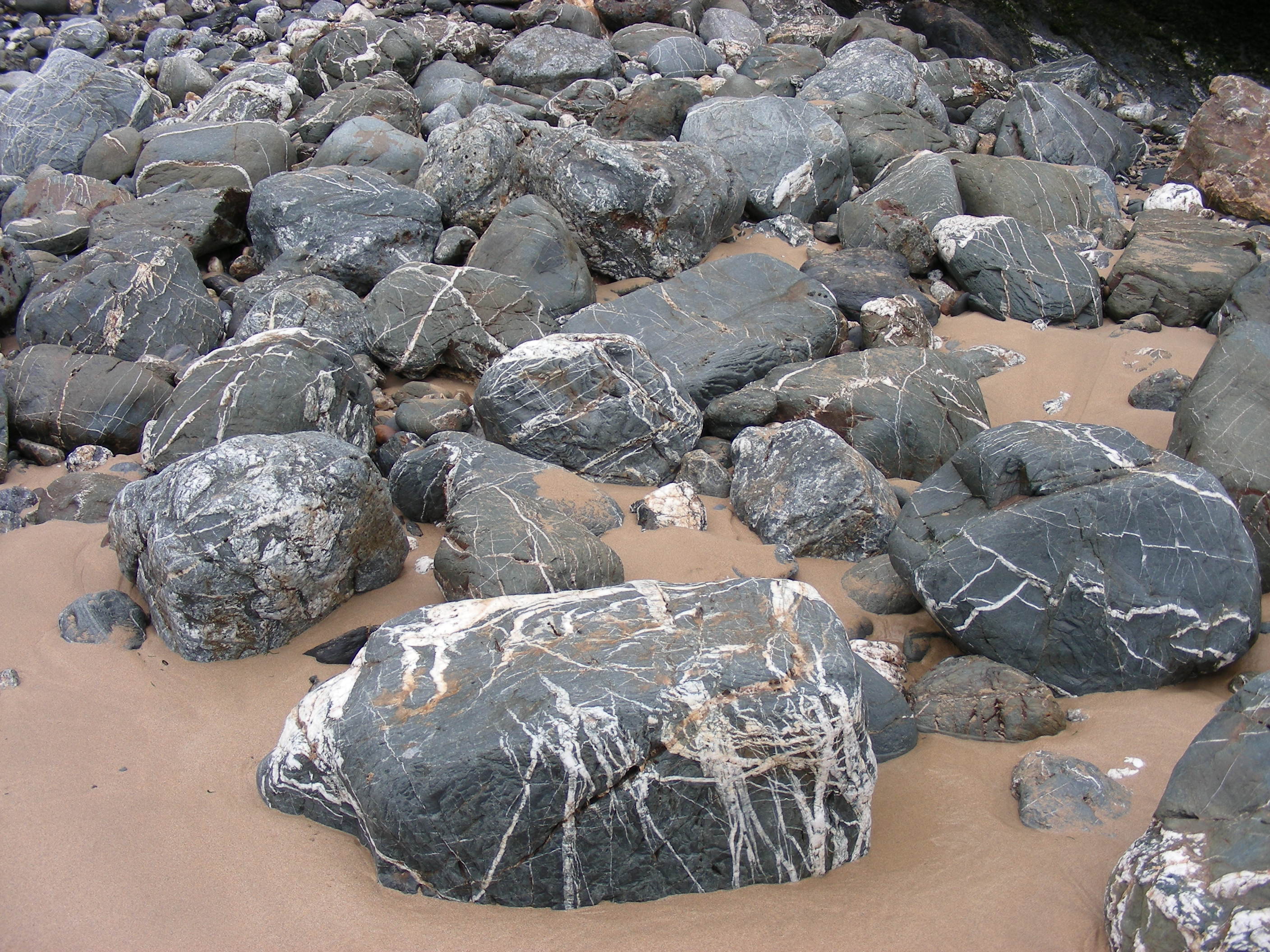No-Dig ? What's it all about?
Whatever your introduction to No-Dig, if indeed you have been, it is an exciting concept that not only does away with back-breaking constant digging of your allotment, home garden, etc but is more beneficial to the environment as it can trap harmful carbon in the ground that could otherwise be detrimental to our planet and its atmosphere! So how's that for a win-win scenario.
People have been using the No-Dig method going back to the 1960s, and maybe even before that, so it is not exactly a new concept that has recently surfaced.
So - How does it work?
The only clearance you need to make is getting the ground fairly flat so you can put on the cardboard layer with few bumps to cause problems, but if you can live with the bump then go ahead, but you may use up more compost to make it work.
A strimmer tends to make short work in this levelling process and I would recommend this above other methods.
Once you have the top growth level it is time to put down the cardboard in the same space. You do not need multiple layers of cardboard as the compost goes straight on top of this cardboard layer. But this is the most important part to pay attention to. You really need a layer of compost 4-6 inches thick to make it effective in killing off the grass roots you are covering.
Laying down the first beds
We got a couple up where the cardboard paths were but otherwise clear of all weeds. A point to note is that the deeper the initial compost layer, the quicker you will have a deep rich, loose soil base that is easy to put veg from without too much trouble. After all, you want to disturb the beds as little as possible even when picking your produce.
For this reason, we decided to grow our potatoes in potato bags which makes potato crops so much easier to work. We place a few inches in the bag, then put in the potato seed, then add compost to about halfway, and when the shoots come up we carry on covering them until we get a few inches from the rim of the bag.
Cont.
So we have NO digging on our beds apart from light forking to release produce. This keeps the energy network in the soil intact which allows plants to communicate and heal better and you will see this in improved crop amounts and weights.
One other point to note is the more potatoes you put into one container, the smaller the potatoes you will crop. We tried, 4, 3, 2 plants to fair-sized potato bags, and the sizes increased the fewer plants we put in.
This may be negated by increasing the strength of the manure/compost you use, but we have not yet experimented on this so we cannot comment.
Cont.
You can see our first year's produce from these beds in the above photo. We put down these beds in October 2019 and these are our first crops in summer 2020. We use a light path of aged wood chippings to form paths through the beds that can be moved if required and provide NO place for slugs or snails to hide on the beds.
That is one problem you will get when using raised beds, lots of places for bugs and slugs to hide, and these come out at night to nibble on your produce, and that is undesirable, is it not!
We placed the temporary fencing around our beds as we did have the odd rabbit turn up now and then and if they find a food source they will use it.
As we have nearly completed the wall around the garden area, we have now taken this down in preparation for removing the weed suppressant fabric which killed off all of the grass underneath. New beds to take its place.
So what is the outcome?
We are now into our third year here at The Stables, but we did have three full years of experience on our allotment in Sussex too.
And our experience is that it wins hands down over conventional dig-it-up gardening. It also proves much better if you have health issues as once the compost is down, that is the hardest part of the work.
We have little in the ways of weeds as we disturb the ground very little and this does not help wild seeds sow on our beds so weeding chores are much easier especially if you place a mulch over the area to retain water.
There are numerous websites that can help you start your own journey into No-Dig and we encourage you to do so. We shall never look back and will continue to expand our knowledge in this area and also advise others to do the same - you know it makes sense......

